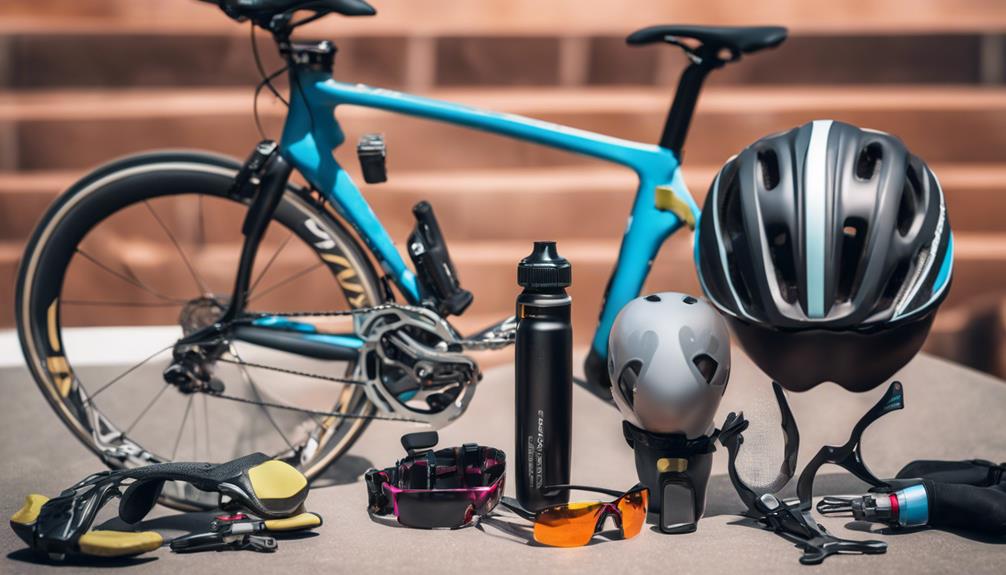Bicycle crashes in Florida have been a significant concern for cyclists and policymakers alike. In 2016, the state recorded a staggering number of incidents that raised alarms about road safety for cyclists. This blog post dives deep into the statistics, causes, and preventive measures surrounding bicycle crashes in Florida during that year.
The Alarming Statistics of Bicycle Crashes in Florida in 2016
In 2016, Florida was labeled as one of the most dangerous states for cyclists, with thousands of reported bicycle crashes. According to data from the Florida Department of Highway Safety and Motor Vehicles (DHSMV), there were over 5,000 reported bicycle crashes across the state. This alarming figure not only highlights the risks cyclists face but also underscores the need for effective road safety measures. The statistics from 2016 serve as a wake-up call for both cyclists and drivers to be more vigilant on the roads.
Common Causes of Bicycle Crashes in Florida
Understanding the common causes of bicycle crashes in Florida is essential for reducing these incidents. In 2016, the majority of bicycle accidents were attributed to driver negligence, which included behaviors such as distracted driving, speeding, and failing to yield the right of way. Additionally, poor road conditions, lack of bike lanes, and inadequate signage contributed to the high rate of accidents. Recognizing these factors can help in developing strategies aimed at improving safety for cyclists on Florida roads.
The Impact of Weather Conditions on Bicycle Safety
Florida’s unique weather patterns also played a role in bicycle crashes in 2016. The state is known for its sudden rain showers and high humidity, which can create hazardous riding conditions. Wet roads and reduced visibility increase the likelihood of accidents. Cyclists are often caught off guard by changing weather, leading to crashes. The importance of being prepared for sudden weather changes cannot be overstated, especially for those who cycle regularly in Florida.
Demographic Insights: Who is Most Affected?
When examining the demographics of those involved in bicycle crashes in Florida in 2016, certain trends became apparent. Young adults and older cyclists were particularly vulnerable. Statistics indicated that individuals aged 15-24 and those over 60 experienced higher rates of bicycle-related injuries and fatalities. These insights highlight the need for targeted safety campaigns aimed at these age groups, focusing on education and awareness to mitigate risks.
The Role of Infrastructure in Bicycle Safety
Infrastructure plays a crucial role in the safety of cyclists. In 2016, many Florida cities lacked adequate cycling infrastructure, such as dedicated bike lanes and safe crossing points. This lack of infrastructure contributed to the high number of crashes, as cyclists often had to share the road with motor vehicles without any protective barriers. Investing in better infrastructure, including bike lanes and safe parking areas, is vital for reducing bicycle crashes and encouraging more people to ride safely.
Legislation and Bicycle Safety Initiatives in Florida
In response to the concerning rates of bicycle crashes in Florida, various legislative measures and safety initiatives have been introduced. In 2016, several local governments began implementing “Complete Streets” policies, which aim to create safer and more accessible roadways for all users, including cyclists. These initiatives emphasize the importance of safe road design and the need for community engagement in planning safer environments for cyclists and pedestrians. Staying informed about such policies can help advocates push for continued improvements in bicycle safety.
Preventive Measures for Cyclists and Drivers
Preventive measures are crucial in reducing the risk of bicycle crashes. Cyclists are encouraged to wear helmets, use proper lighting during evening rides, and remain visible to motorists. Drivers, on the other hand, must stay alert, avoid distractions, and adhere to speed limits, especially in areas frequented by cyclists. Educational campaigns aimed at both cyclists and drivers can foster a culture of safety, ultimately reducing the number of bicycle crashes in Florida.
Conclusion: A Call to Action for Safer Cycling in Florida
The statistics surrounding bicycle crashes in Florida in 2016 serve as a stark reminder of the ongoing challenges faced by cyclists. By understanding the causes and demographics of these incidents, we can work towards creating safer roads for everyone. Continuous efforts in improving infrastructure, implementing effective legislation, and promoting awareness about road safety are essential steps in reducing the number of bicycle crashes. It’s a collective responsibility—cyclists, drivers, and policymakers must work together to ensure that Florida becomes a safer place for cycling.
